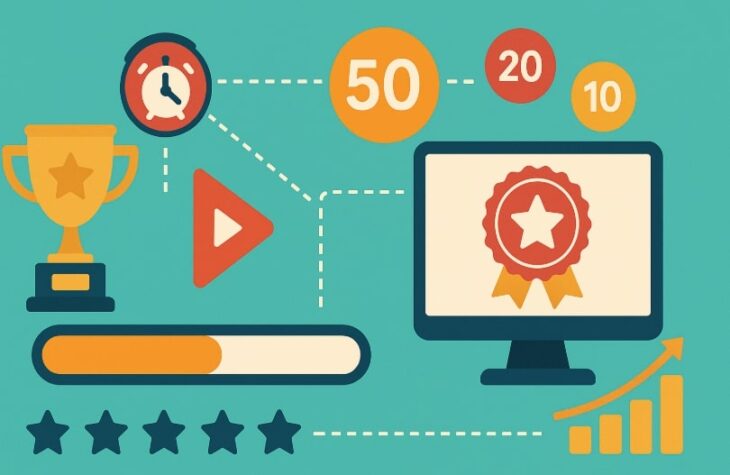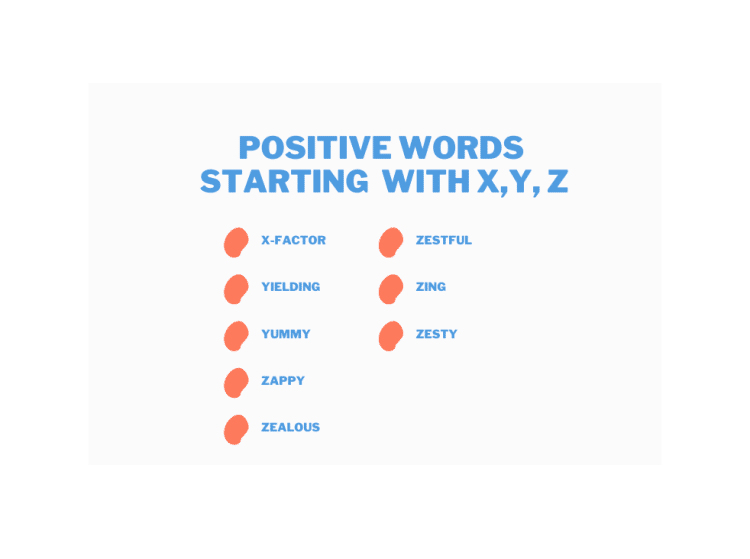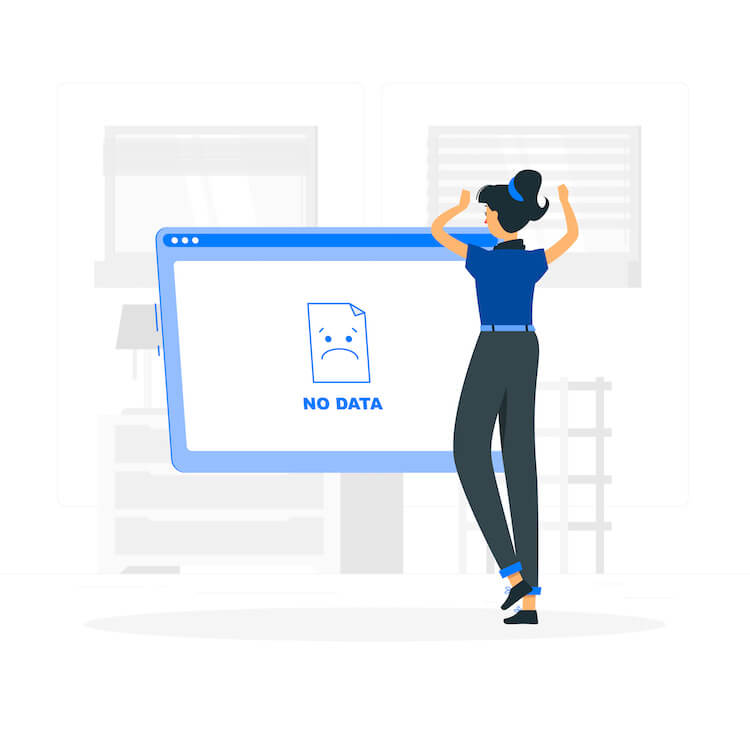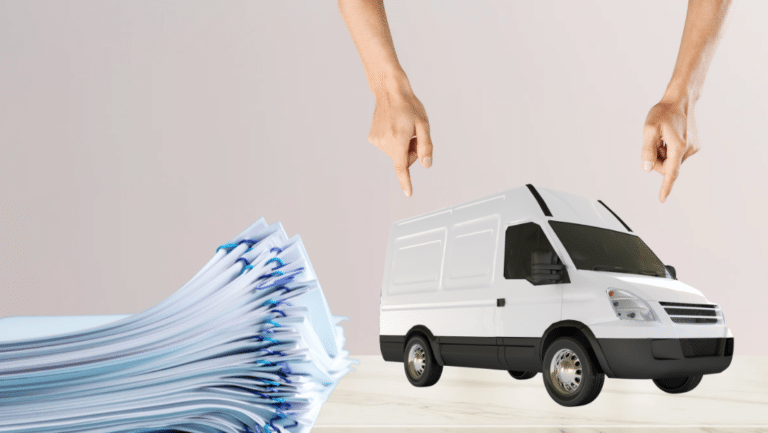Marketing doesn’t have to feel like a one-way broadcast. The days of shouting messages into the void and hoping someone bites? That’s over.
Today, the brands that win are the ones that can pull people in, keep them entertained, and make them feel like part of something. And one approach that’s absolutely crushing it across industries is gamification.
No, you don’t need to turn your website into Candy Crush. But if you’ve ever seen a loyalty program with levels, a “spin the wheel” pop-up for discounts, or a quiz that ends in a discount code, you’ve seen gamification at work.
Let’s break down why this strategy works so well, what goes into doing it right, and how brands around the world are using it to boost engagement, loyalty, and actual sales.
Why Gamification Works in Marketing
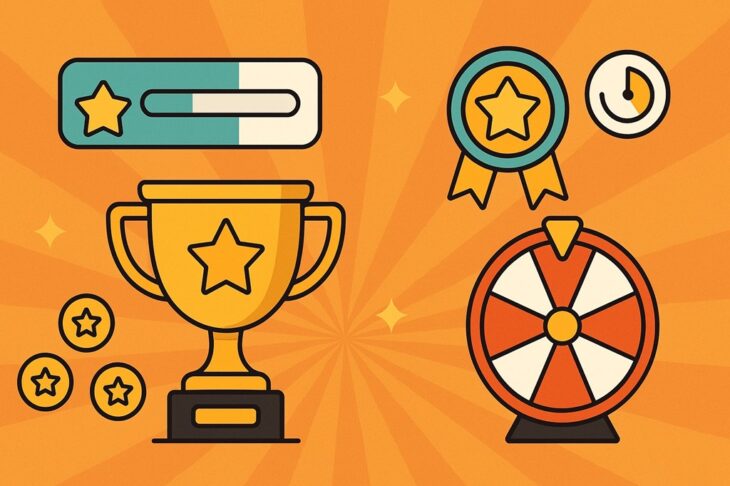
Gamification taps into human psychology in a way that traditional marketing doesn’t. People like challenges. They like goals. They like the feeling of progress.
Just as ignitioncasino.net/au/ uses a tiered bonus system to reward continued play, marketers can implement reward levels to boost customer retention.
When you add game elements, think points, badges, and countdowns, to a customer experience, you make it more fun, more interactive, and more likely to stick in someone’s memory.
A quick glance at the data makes it pretty clear. Companies that use gamification in their marketing see a 47% jump in engagement. And 93% of marketers say they’ve used it to improve loyalty, conversions, or engagement.
That’s not a trend. That’s a major shift in how marketing works.
The Core Benefits of Gamification in Your Marketing Plan

More Time, More Attention
The first thing gamification does is keep people around longer. A leaderboard, a quiz, or a rewards tracker encourages interaction.
And interaction means time. Time on site, time in-app, time thinking about your brand instead of someone else’s.
Loyalty that Actually Sticks
Starbucks doesn’t just sell coffee, it sells Stars. And those Stars, part of its gamified rewards program, account for more than half of its U.S. sales. That’s what happens when people are rewarded for coming back again and again.
Smarter Data
Gamification gives people a reason to volunteer information – age, preferences, shopping habits – all wrapped inside fun activities like trivia games or discount unlocks.
That’s a goldmine for marketers. Especially in a world where privacy regulations are tightening and cookies are going extinct.
Direct Impact on Sales
When McDonald’s rolled out its Monopoly game in 2010, U.S. sales jumped 5.6%. That’s not just branding. That’s money. Incentivizing purchases, referrals, or actions with game mechanics directly impacts your bottom line.
Social Reach, Built In
Badges, achievements, progress bars, people love to share their wins. Gamification creates natural hooks for user-generated content and social sharing. It’s one of the few ways to get people to talk about your brand without paying them to do it.
The Key Ingredients That Make Gamification Work
Let’s get practical. If you’re thinking about building a gamified campaign, here’s what needs to be on your radar:
| Element | What It Does | Real-World Use |
| Points | Reward actions, buying something, sharing content, completing a task | Starbucks Stars |
| Badges | Show off achievements and milestones | Grammarly’s “Goal Crusher” for writing streaks |
| Levels | Unlock access, perks, or features over time | Bronze, Silver, Gold loyalty tiers |
| Virtual Currency | Branded bucks for use in-store or online | Kohl’s Cash |
| Leaderboards | Foster friendly competition and drive repeat interaction | Ally Racer game for financial goals |
| Countdowns | Add urgency to a challenge or offer | HelloFresh’s timed “spin the wheel” |
| Progress Bars | Show how far someone has come, and how close they are to a reward | Duolingo’s daily language streak |
Each of these can be used on its own or layered together. The key is not to go overboard. Gamification should enhance the experience, not turn it into homework.
A Simple Framework for Putting Gamification to Work
You don’t need a seven-figure budget to make this work. What you do need is clarity and alignment between your goals, your users, and the mechanics you choose.
1. Define the Goal

Start simple. Do you want more signups? More social shares? More purchases per visit? Your answer drives the structure of the game.
Example: A skincare brand might want users to complete a product-match quiz, then buy a recommended product. The “game” can be a personality-style quiz with points leading to a reward.
2. Know Who You’re Talking To
Millennials and Gen Z respond to rewards and real-time feedback. Baby Boomers might prefer simpler mechanics like stamp cards or spin-to-win. The format matters, but only if it matches your audience.
3. Choose Your Mechanics
Let’s say you’re a fitness brand. You could:
- Offer points for logging workouts
- Unlock badges for weekly streaks
- Display leaderboards among users in the same city
Or maybe you run an online bookshop:
- Offer a quiz to help users find their “reading spirit animal”
- Give them a discount based on their result
- Add a progress bar showing how close they are to free shipping
Match the tool to the job.
4. Make It Seamless
Gamification should fit naturally into your platform. If users have to click through five screens just to spin a wheel, they’re out.
Use embedded popups, in-app triggers, or social integration to keep the experience tight. For example, embedding a reward tracker inside a user’s profile can encourage repeat logins.
5. Tell a Story

Even simple games benefit from storytelling. Set the tone with visuals and voice. Give people a reason to care. Think less “corporate promotion,” more “mini adventure.”
Sephora nailed this with its Beauty Match experience, where users scanned their face, matched with makeup products, and earned points based on interaction.
6. Give Real Rewards
People don’t need a Lamborghini. A coupon, early access, or a “top fan” badge goes a long way when it’s earned.
Pro tip: Not all rewards need to be physical. Recognition can be just as powerful as a discount.
7. Track Everything
Use analytics to measure the real impact. Are people spending more time on your site? Are they buying more? Are they coming back? Let the data guide your tweaks.
8. Adjust and Evolve
No gamified experience should be set in stone. Iterate. Try a new prize. Add a level. Refresh your visuals. Keep things moving, or people will move on.
Things to Watch Out For
Gamification isn’t a silver bullet. When it’s clunky or irrelevant, it can turn people off.
- Too Complex: If users need a manual to play, they’ll bounce.
- Too Generic: Don’t throw in a leaderboard just because it’s trendy. Every mechanic should serve a purpose.
- Too Shallow: If the reward is meaningless or feels like a gimmick, people will stop caring.
Yu-kai Chou, one of the best-known thinkers in gamification, suggests using frameworks like Octalysis, which focuses on eight core human drives, like achievement, social influence, and scarcity. It’s worth studying if you’re building something big.
Where It’s Headed
Gamification isn’t slowing down. The global market is expected to hit $30.7 billion by 2026 (per Markets and Markets). And as online gaming explodes and attention spans shrink, more brands are seeing game mechanics not as optional extras, but as core tools for keeping people connected.
With video games now making up over half of the digital media market and mobile-first habits becoming the norm, gamification fits into how people already engage with content.
Final Thoughts
Gamification doesn’t just spice up a dull campaign. When done right, it gives your brand a pulse. It invites your audience into the action, builds habits, and keeps the relationship going long after the first click.
Whether you’re running a one-time promo or building a loyalty program from scratch, game mechanics give you a serious edge. They create moments that feel personal, satisfying, and, yeah, fun.
So next time you’re planning your next big campaign, ask yourself: where’s the game in it?
Because if your audience enjoys interacting with your brand, they’ll come back. And that’s the kind of win every marketer wants.
